Protein Variety
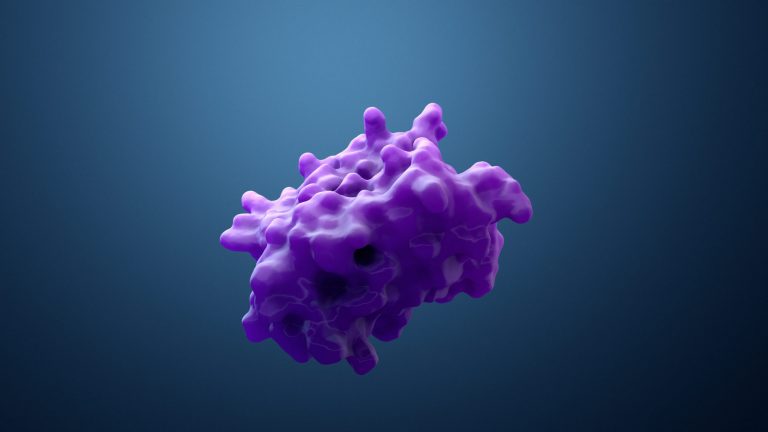
Protein (illustration)
The sequence of amino acids determines which type of protein it is. It is synthesized from a DNA strand, each DNA strand involved in protein synthesis is responsible for producing a unique protein.
Types of Protein
Over time and diversity of organisms, a huge amount of proteins exist and perform a unique function in the body. Primarily, there are three types of protein
- Fibrous Proteins – These fiber-like proteins are used for structural purposes in organisms. This is because fibrous proteins are arranged in long strands and are insoluble in water. Examples of use include providing a barrier in the cell wall of plants and myosin in skeletal muscle
- Globular Proteins – The polypeptide chains (protein chains) in globular proteins are folded together into a knot like shape essential in the fact that are present in the following1. Enzymes – Biological catalysts, enzymes are responsible for speeding up reactions in an organism
2. Hormones – Hormones are chemical messengers responsible for initializing a response in organisms. Some hormones have a regulatory effect, explained in later chapters in the tutorial
3. Antibodies – Antibodies are used to defend the body against foreign agents e.g. bacteria, fungi, and viruses. The next page investigates these.
4. Structural Protein – Globular proteins form part of the cell membrane, which has a structural role as well as a role in transporting ions in and out of the cell. - Conjugated Proteins – Conjugated proteins are essentially globular proteins that possess non-living substances, such as the haem found in hemoglobin, which possesses iron (a non-living substance)
Therefore proteins play a vital role in many of an organism’s biological processes and their organs. The next tutorial investigates cell defense against foreign agents, where proteins are playing their role in the form of antibodies…
You will also like...

The Water Cycle
The water cycle (also referred to as the hydrological cycle) is a system of continuous transfer of water from the air, s..
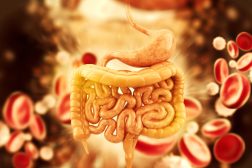
Human Biology – Food and Digestion
This tutorial recognizes the importance of food as a source of energy that will fuel many biological processes. A good d..
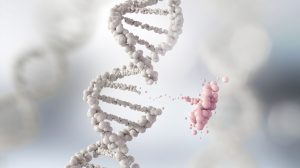
Control of Growth & Development
Control of Growth & Development tutorials look at how the genetic makeup determines the biological processes on a da..
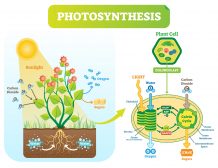
Photosynthesis – Photolysis and Carbon Fixation
Photosynthesis is the process that plants undertake to create organic materials from carbon dioxide and water, with the ..
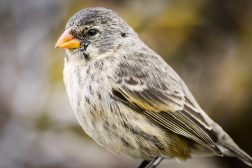
Darwin and Natural Selection
This tutorial investigates the genetic diversity in more detail. It also delineates how certain alleles are favored over..

Psychiatry & Mental Disorders
Different mental disorders are described here. Read this tutorial to get an overview of schizophrenia, affective mood di..
